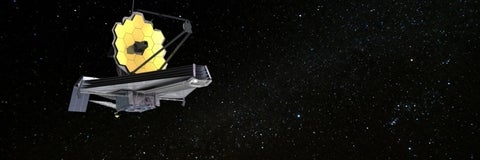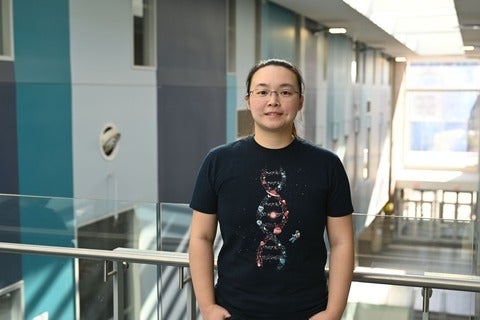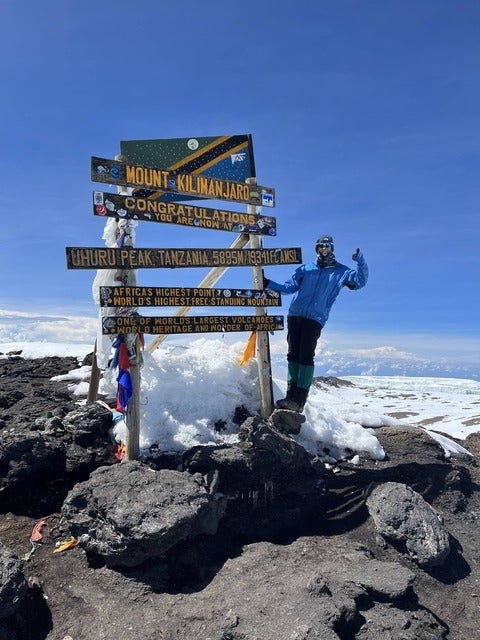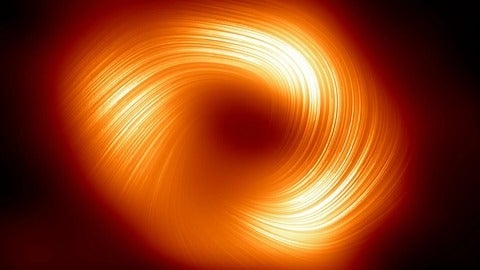I enjoy reading Harper’s Magazine. One of my favourite columns, Harper’s Index, lists odd facts and figures about things I never thought to think about but turn out to be fascinating nevertheless.
A recent example, “Percentage of Canadians who will return a lost wallet containing money: 64. Of Americans who will: 57.” Why is this facinating? Who knows? It just is. Of course, the first question that comes to a physicist’s mind is, “what are the errors on those numbers? Is the difference significant?”
This is a lot of fun. So lets do our version here. We’ll call it the “Waterloo P&A Index.” Here we go:
- Rank of Physics & Astronomy in undergraduate enrollment (2019-2020) in North America: 4
- Top four ranking institutions in undergraduate Physics & Astronomy enrollment in North America: U. Washington (208), Illinois Urbana-Champaign (146), California, Berkeley (145), U. Waterloo (140)
- Rank of Physics & Astronomy in graduate enrollment (2020) in North America: 5
- Top five ranking institutions in North America in graduate physics enrollment: Illinois Urbana-Champaign (324), Colorado, Boulder (309), California, Berkeley (274), MIT (262), Waterloo (255)
- Number of international Physics undergraduates at Waterloo in 2021-2022: 207
- Number of incoming undergraduate women physics majors at Waterloo in 2022: 60
I believe Waterloo is an exciting and welcoming place to learn and do research in Physics and Astrophysics. Evidently that view is widely shared. If you are considering us, visit and give us a look. Let us convince you to come to Waterloo.
Have a great term.
Brian McNamara
Chair, Physics & Astronomy
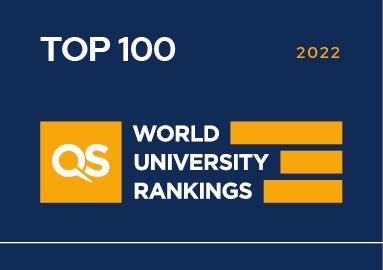
News
Physics lecturer Brenda Lee a 2024 Distinguished Teaching Award winner
Along with three other colleagues from across the University, Brenda Lee, continuing lecturer in the Department of Physics & Astronomy, has been awarded the 2024 Distinguished Teaching Award (DTA) from the Centre for Teaching Excellence on campus.
Climbing Mount Kilimanjaro
While many students use the holiday closure to sit back and relax, Physics and Astronomy student Sierra Jess used her time to reach new heights on an exciting adventure in East Africa before her final term at the University of Waterloo.
Milky Way black hole’s magnetic field mapped for first time
A team of researchers from the University of Waterloo and Perimeter Institute who are members of the global Event Horizon Telescope (EHT) collaboration, developed a powerful framework called THEMIS that processes the EHT data, generating clear and accurate images that cut through noise and identify what really exists just outside the black hole.




